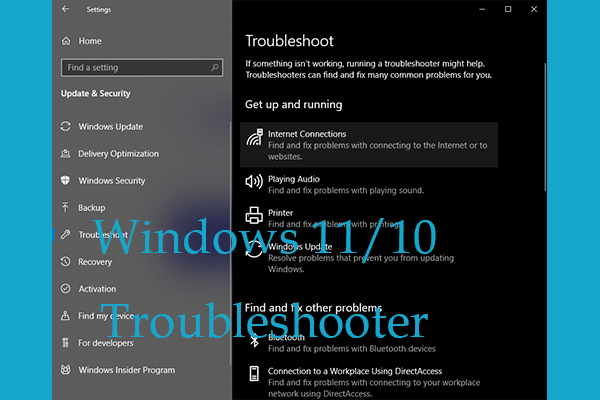If you’re a Windows user, you’ve likely encountered your fair share of frustrating issues and errors. From the dreaded Blue Screen of Death (BSOD) to software glitches and slow performance, Windows can be a source of headaches for even the most tech-savvy individuals. In this comprehensive guide, we’ll explore some tried-and-true techniques for diagnosing and fixing common Windows issues, helping you get your PC back on track.
Introduction: Understanding the Need for Windows Troubleshooting
Windows, with its user-friendly interface and versatile functionality, is one of the most widely used operating systems globally. However, like any complex system, it’s not immune to issues. From minor glitches to more severe problems, Windows users may encounter a variety of issues that can disrupt their computing experience. This blog post aims to provide a thorough guide on diagnosing and fixing common Windows issues, empowering users to navigate through technical challenges with ease.
Section 1: Identifying Common Windows Issues
Understanding the Signs: Before delving into troubleshooting methods, it’s crucial to recognize the symptoms of a problem. Slow system performance, frequent freezes, and unexpected error messages are common indicators. By identifying these signs, users can better pinpoint the root cause of the issue.
Section 2: Windows Troubleshooting Tools
Built-in Diagnostic Utilities: Windows comes equipped with a range of built-in tools designed to diagnose and fix various issues. From the System File Checker (SFC) to the Disk Cleanup tool, we’ll explore how to leverage these utilities to identify and resolve common problems without the need for third-party software.
Section 3: Updating Drivers and Software
The Importance of Updates: Outdated drivers and software can often lead to compatibility issues and system instability. This section provides a step-by-step guide on how to update device drivers and software, ensuring that your Windows system stays optimized and secure.
Section 4: Dealing with Malware and Security Threats
Protecting Your System: Malware and security threats can wreak havoc on a Windows system, compromising both performance and user data. We’ll discuss the importance of robust antivirus software, how to perform a thorough malware scan, and best practices for maintaining a secure computing environment.
Section 5: Advanced Troubleshooting Techniques
Registry Tweaks and System Restore: For more experienced users, this section explores advanced troubleshooting techniques, including registry tweaks and utilizing the System Restore feature. While these methods require caution, they can be effective in resolving complex issues and restoring system stability.
Section 6: Seeking Professional Assistance
When to Call for Help: In some cases, troubleshooting may go beyond the scope of regular users. This section outlines scenarios where seeking professional assistance is advisable, whether through Microsoft support or a certified technician.
Conclusion: Empowering Windows Users
In the dynamic world of computing, Windows troubleshooting is an essential skill for users of all levels. By understanding common issues, utilizing built-in tools, staying updated, and adopting advanced techniques when necessary, users can navigate through challenges and ensure a seamless Windows experience.





